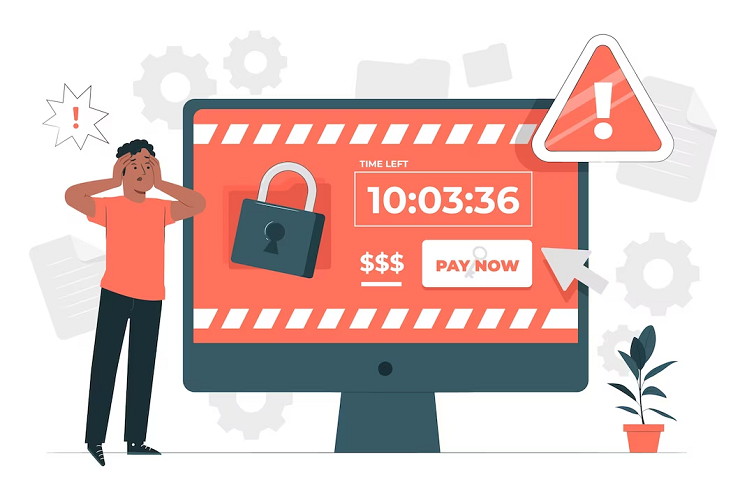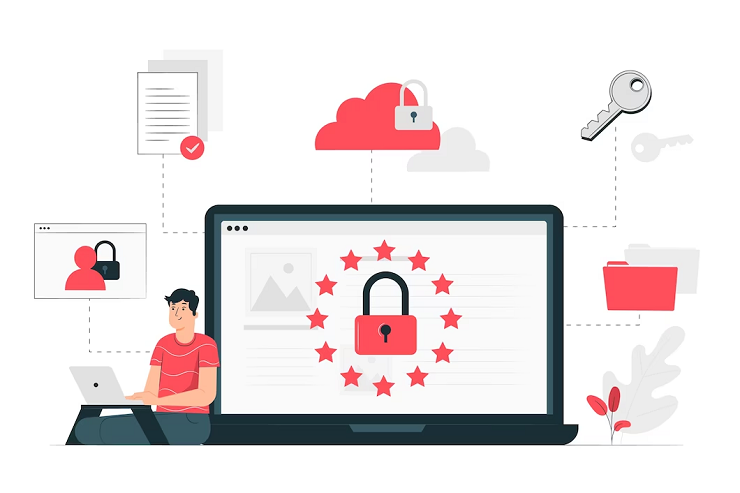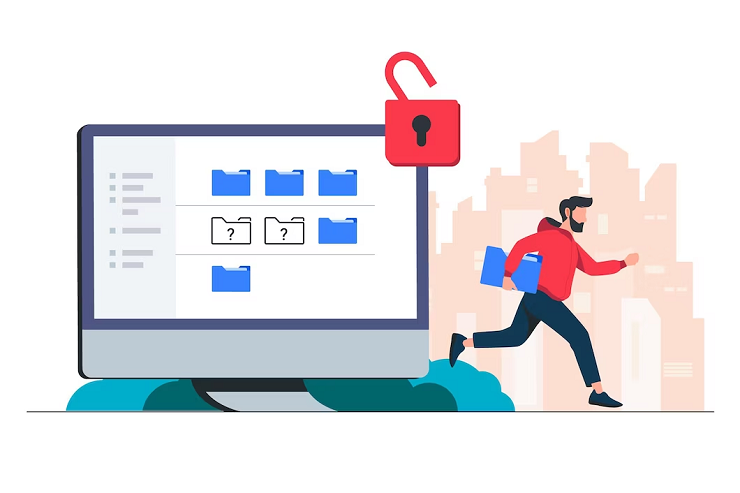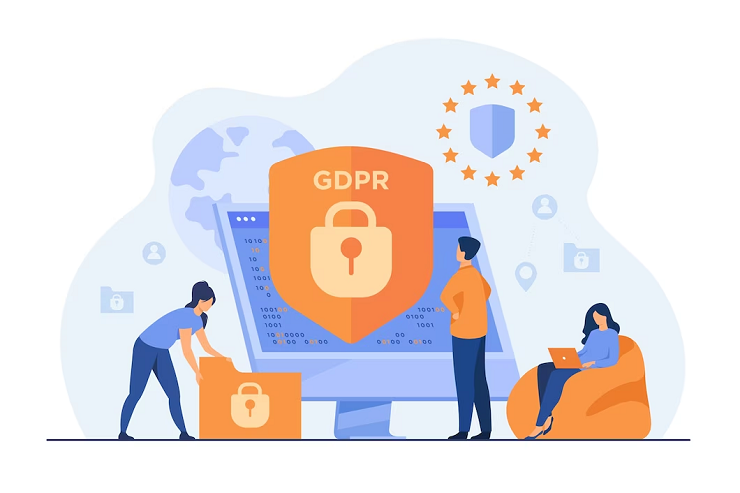
Data breaches are a significant threat to businesses of all sizes and can lead to irreversible damage to an organization’s reputation, financial security, and competitive advantage. With the ever-evolving nature of cybercrime and new daily threats, businesses must take proactive steps toward building an effective cybersecurity strategy that ensures their data is safe from malicious actors.
In this blog post, we will cover some essential tips on how organizations can minimize the risk of a data breach and protect themselves against potential threats. Read on to learn more about data breach prevention strategies, how to detect suspicious activity, and what measures can be taken during a breach.
What Is A Data Breach?
A data breach occurs when an unauthorized person gains access to sensitive, confidential, or protected information. This can happen through various means, such as hacking into a computer system, stealing physical records, or accessing information that was left unsecured. A data breach can have severe consequences for individuals and organizations, including identity theft, financial loss, and damage to reputation.
Organizations can take steps to prevent data breaches and minimize the impact if one does occur. These steps include ensuring that all information is stored securely, encrypting sensitive data, and training employees on data security measures.
Types Of Data Breaches
There are different types of data breaches, each with its consequences.
- The most common type of data breach is the loss or theft of data. This can happen when data is unsecured or stolen from a company’s servers. Data loss can also occur when employees accidentally delete files or hardware fails.
- Another type of data breach is a malicious attack, where hackers access a company’s systems to steal data. These attacks can be targeted at specific companies or be part of a more extensive campaign, such as the WannaCry ransomware attack that affected millions worldwide.
- A third type of data breach is an insider threat, where someone with access to a company’s systems deliberately steals or releases information. This type of breach can be particularly damaging as it can be challenging to detect and prevent.

How To Minimize And Prevent Data Breaches?
Data breaches can have severe consequences for businesses, including financial losses, damage to reputation, and loss of customer trust. To minimize the risk of a data breach, companies should implement security measures such as encryption, user authentication, and activity monitoring.
1. Implement Data Security Best Practices
Adopt a comprehensive and proactive approach to data security, which includes regular risk assessments, implementing industry-recommended security controls, and establishing robust governance processes.
2. Educate Employees On Data Security
Employees should be aware of the importance of data security and understand their role in protecting company information. They should know how to identify and report potential threats and be up-to-date on the latest security procedures.
3. Encrypt Sensitive Data
Encrypting all sensitive data stored on company systems and devices helps protect it from unauthorized individuals.
4. Use Strong A Controls
Access to company data should be restricted to only those who need it for their job function. Strong authentication measures, such as two-factor authentication, should be in place to prevent unauthorized access.

5. Regularly Back Up Data
Backing up data regularly helps ensure that it can be recovered in case of a breach or system failure. Data backups should be stored offsite in a secure location.
6. Monitor Activity
Monitoring system activity can help to identify suspicious behavior that may indicate an attempted breach. Logs should be reviewed regularly, and unusual activity should be investigated immediately.
7. Use A Secure Network
Implementing a secure network and strong firewalls can prevent malicious traffic from entering the system. All communication with external networks should be encrypted.
8. Maintain Up-To-Date Systems
Keeping software and hardware up to date reduces the risk of attackers exploiting vulnerabilities. Patch management should be regularly checked to ensure all patches are applied promptly.
9. Use Antivirus Software
Installing and regularly updating antivirus software can help to detect and eliminate malicious programs that attackers may use.
10. Have An Incident Response Plan In Place
A comprehensive response plan is essential for responding quickly and effectively to any data breach or security incident. The plan should include a detailed list of steps to be taken and the roles and responsibilities of those involved.

11. Monitor Third-Party Access
Companies that share data with third parties should ensure that access is monitored and controlled and that all security measures are in place.
12. Use A Data Loss Prevention (DLP) Solution
A DLP solution can monitor and protect your data by detecting potential attempts to access, copy, modify, or delete sensitive information. Automated alerts can be set up to notify administrators of suspicious activity.
Conclusion
Preventing data breaches in organizations is essential to ensure the security of customer and employee information. By following the tips we have outlined above, such as implementing secure processes for storing and accessing sensitive data, providing training on cybersecurity best practices to employees, conducting regular audits, monitoring system access logs, and regularly updating software versions, organizations can take proactive measures to reduce the likelihood of a breach occurring. Protecting against data breaches will help keep an organization’s reputation and bottom line intact.
